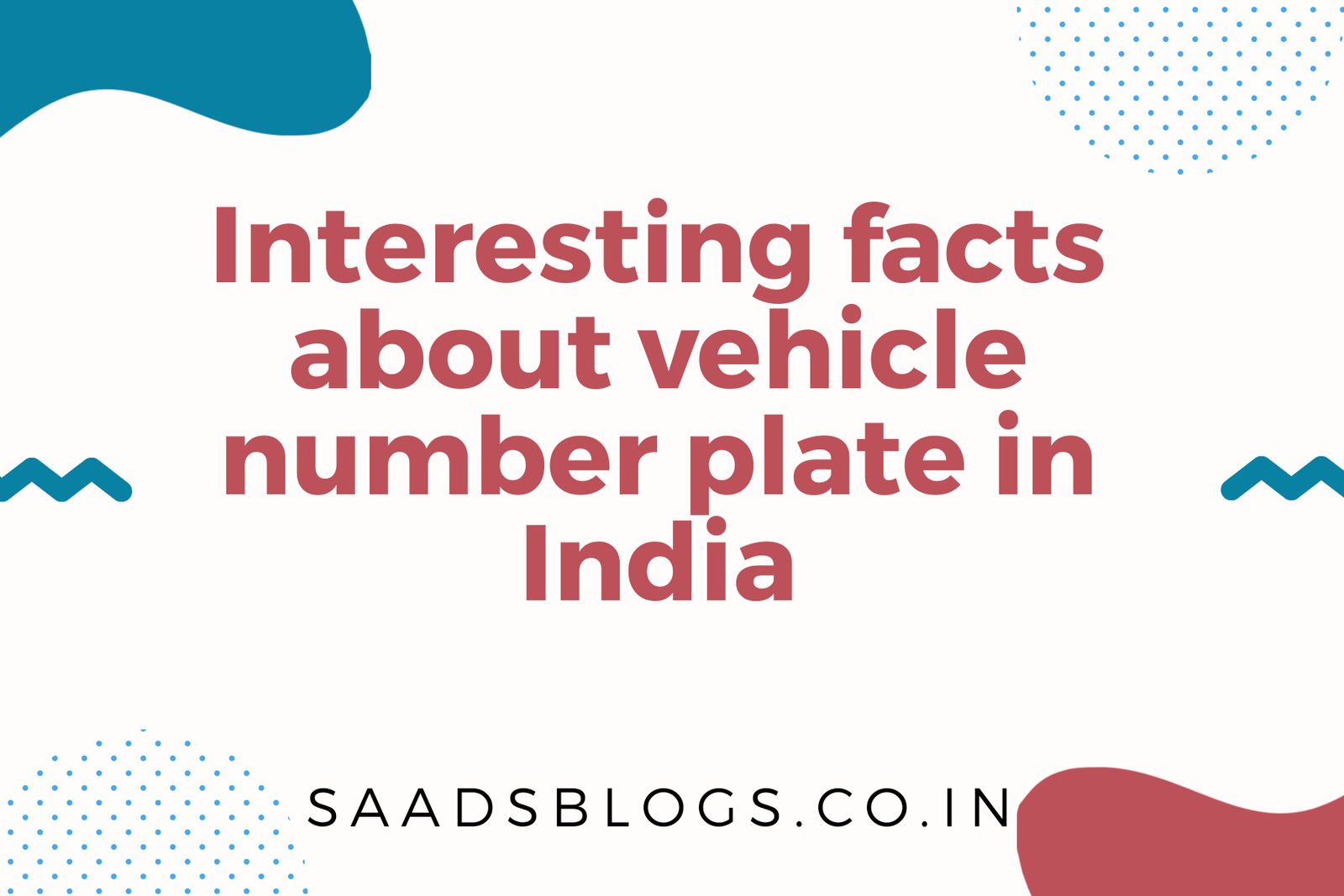Interesting facts about vehicle number plates in India.
I have been interested in vehicles since my childhood so I used to see the different types of number plates. I thought I would share my observation of the same. This blog might be different from my regular blogs.
Vehicle number plates are very unique for each vehicle. It is used to identify the vehicle. In India overall 7 different types of number plates are available. We will discuss one by one in detail.

1.White background with black numbers:
These types of number plates are given to personal vehicles only. This type of number plate is commonly available.
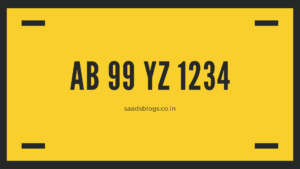
2.Yellow background with black numbers:
These types of number plates are given to commercially available vehicles. These vehicles have different tax slabs.
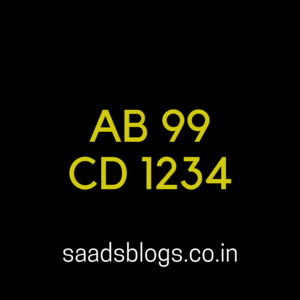
3.Black background with yellow numbers:
These types of number plates are given to self driven/rented vehicles. These types of vehicles have commercial permits without drivers.
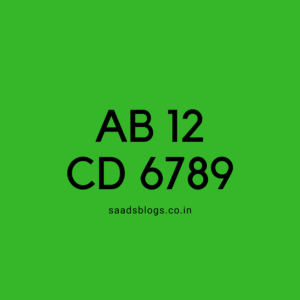
4.Green color background with white numbers.
These types of number plates are given to electric vehicles like Mahindra e20 and many more.

5.Red background with white numbers.
These types of number plates are given a temporary registration for new vehicles. Validity is only for one month.
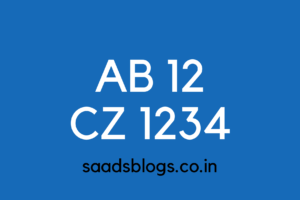
6.Blue color background with white numbers.
These types of number plates are given to foreign diplomats of the United Nations.
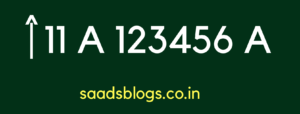
7.Dark green color background with white numbers.
These types of numbers are reserved only for the military. They have unique numbers.
Meaning of each part in number plates.
1.The first 2 alphabets denote the state.
2.Next number shows which district RTO(Regional transport office) this vehicle is registered.
3.The next two alphabet and four numbers are a unique number of the vehicle.
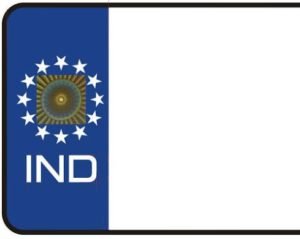
New updates in plates.
1.IND is added as an international registration code of India.
2.HSRP( Highly security registration plate) was introduced recently. It has been issued only by the government authorities. It has an IND logo with Ashoka chakra hologram. These types of number plates used to create a digitalised national database.
This is just an informative blog.
Disclaimer: The opinions expressed in this article are the personal opinions of the author. The
the author does not assume any responsibility or liability for the same.
Dr. Saad Mohammad Athanikar, an orthopedic surgeon.
Saad4eyes@gmail.com.

